Feature 9 min read
How to talk to your employer about the benefits of electric vehicles
With the latest tax rules for company cars bringing significant benefits for both employer and employee, there’s no time like the present to convert to electric. Paul Holland, MD for UK Fuel at FLEETCOR, outlines what employees need to know about electric fleets and how to convince their boss to go green.
One day you are going to drive an electric vehicle (EV). Perhaps you already do, perhaps you are getting as much use as you can out of your current vehicle before switching, perhaps you will wait until the 2030 cut-off for the sale of new EVs, but either way there will be a point in your life when you buy your first EV.
If you are fortunate enough to be part of a firm that offers its employees company vehicles, then the change may come sooner rather than later as they rush to take advantage of the current savings on EVs and charging stations before they expire. Although the initial outlay to switch a company’s fleet to EVs might be daunting, the long-term cost savings are more than persuasive, and the convenience of being able to leave EVs to charge overnight and drive them all day is convenient for everybody. The corporate sector is a major driver in the growth of EVs, with two-thirds of all new electric cars bought in the UK purchased by businesses, rather than private buyers, according to the Society of Motor Manufacturers and Traders (SMMT).
For employees, tax rates are a key point as there are clear material savings to be had. If you are fortunate enough to have a company EV then you will pay minimal ‘Benefit In Kind’ tax for the next couple of years. The BIK rate is 1% for the 2021/22 and 2% for the 2022/23 tax years. For employers, they will save National Insurance Contribution on the reduced BIK and where the electric car has emissions of 0g/km, 100% First Years Allowance can be claimed on the purchase price of the vehicle (provided it is new). This will effectively give tax relief on the vehicle in the year of purchase, as opposed to claiming relief at 18%/6% over a number of years. These tax benefits are another key reason behind the sales of EVs skyrocketing since last April.
If you are one of the people who has marvelled at the sleek lines of a Tesla Model S or been surprised by how quiet a Nissan LEAF is when it passes you by then you might be wondering why your company has not made the switch to EVs already. So, if you work for a firm that has a fleet of vehicles how can you make a case for switching to EVs?
Everyday savings and convenience
According to ZapMap at the time of writing this article, the total number of locations which have a public charging point installed is 15247, the number of devices at those locations is 23846 and the total number of connectors within these devices is 41076. And that’s without including private charging points in homes and businesses. In short, if you are worried about running out of charge, don’t be, you just need to plan ahead.
It is important however to consider the everyday practicalities of driving an EV. Refuelling isn’t going to be like it is for an Internal Combustion Engine (ICE) vehicle: you can fill your petrol or diesel tank from empty to full in a few minutes, but that’s not the case with an EV. Of course, it all depends on the speed of the charger you’re using and what on-board charger the car has been fitted with. Battery capacities also have a significant influence on charging speeds. As a rough guide you can expect a typical 7kW domestic wall box to add 30 miles of range after an hour, while a 50kW rapid charger can add 175 miles in the same time and a 150kW charger 100 miles in as little as 10 minutes. The thing to remember is, the average person wouldn’t go 200 odd miles without stopping for a toilet or refreshment break and that can take up 30 minutes in itself.
Moreover, charging an electric car is similar to charging a mobile phone; you top it up during the day if you need to and give it a full charge at home overnight. A typical EV driver will top-up in the day whenever they get a chance, whether that’s at a public charger on the street or in a pub car park and then give it a full charge at home overnight. So rather than waiting for the battery to run flat, it’s easier and quicker – and better for the cells – to keep them topped-up.
While fast chargers are typically rated at either 7 kW or 22 kW (single- or three-phase 32A) and tend to be found at destinations such as car parks, supermarkets, or leisure centres, where you are likely be parked at for an hour or more, rapid chargers are often found at motorway services or locations close to main routes and provide power at 50kW, while ultra rapid chargers are typically either 100 kW, 150 kW, or 350 kW. UK-based Pivot Power, part of EDF Renewables, and Oxford City Council have recently joined up with Fastned, to deliver Europe’s most powerful EV charging Superhub in Oxford. It will initially feature 38 fast and ultra-rapid chargers in a single site, and be the most powerful in Europe – with up to 10MW of power on site. It is the first of up to 40 similar sites planned across the UK to help deliver charging infrastructure needed for the estimated 36 million EVs by 2040.
While it’s inevitable you will find yourself charging when you’re out and about, data suggests that most EV owners carry out the largest proportion of their charging at home, and you can buy a 7kW home charger today, saving money thanks to a £350 government grant. This will charge a Nissan LEAF in an afternoon or a higher-capacity EV like Tesla’s Model S overnight. You may be worried about the cost of all this extra wattage running through your home, but it is surprisingly affordable when compared to petrol and diesel. Charging point manufacturer Pod Point estimates that charging a 60kWh vehicle, giving it about 200 miles of range, would cost around £8.40, whereas filling an ICE car’s tank with petrol at its current price would cost £51.24. Given that it is rare that most people will be travelling 200 miles in a single day you might be spending under £10 a week for short commutes and shopping trips.
Given how much companies with fleets spend on fuel and the administrative burden it puts on companies and employees, switching to EVs should create large savings when compared to continuing to use ICE vehicles, and this can be a powerful way to get your employer on board.
Time to recharge
However, let’s say that you are on the road a lot, perhaps as a salesperson or a delivery driver. This is where driving an EV becomes significantly different to an ICE vehicle. Given what we have said above about the time it takes to charge an EV, there could be problems with charging that need solutions.
Even the fastest charging stations will take upwards of half an hour to recharge, and if you are working then your employer might not appreciate the downtime spent in service stations. You might have to look at how you can change working practices to factor in charging times or, possibly in the future, use technology like battery swapping to avoid time spent charging (though it has failed to catch on outside of China). So far, EV makers BAIC BluePark New Energy Technology Co and NIO have started testing swapping services, with each able to undertake a change in less than three minutes, and despite the fact it’s hugely convenient to the driver it is unlikely – for a variety of reasons which we explore in the article – it will catch on in the west.
Lastly, you and your employer will have to work out who is paying for charging and how. Given how little you may end up spending on charging some employers may argue that there is no reason that they should be paying – you will not be bankrupted by a £10 a week bill for a free car. If you are charging at home, you might also have to negotiate over who will pay for a home charging point if you are going to use one.
Public charge points will be significantly more expensive than home charging and you will be paying with a payment card rather than through your electricity bill, so payments are probably going to be handled in much the same way as existing payments for petrol or diesel, with an employee making a payment themselves and being reimbursed or using a fuel or expenses card.
When talking to your employer about EVs, emphasise that thousands of companies across the country are already coming up with solutions for the everyday logistics of electrifying their fleets. From a survey of our customers, we found that 65 per cent of all businesses across all the business sectors plan to introduce EVs to their fleets, and with that will come a raft of services from EV manufacturers, charging point operators and third-party companies like ourselves that will make having EVs in a company’s fleet, whether they are company cars or HGVs, much easier.
The same survey found that fleet managers are most concerned by availability and range (36 per cent) and charging coverage (24 per cent), with only 17 per cent worried about affordability. The facts on the ground about range and charging coverage are getting better every day, so you should have no problem bringing them around on this point
An all-electric future
When you think about the world in 2011, it really was not significantly different to the world today (if we ignore the pandemic of course), but by 2030 there should be significantly more EVs on roads. Towns and cities will sound and even smell different and the petrol stations you refuel at will change or close and there will be chargers at your home and perhaps your office.
Change is never easy in business, particularly after a difficult year in which many companies have seen cash flows significantly reduced, but as far as EVs are concerned change is definitely coming and they bring significant environmental and economic benefits.
Those who embrace that change now when there are tax breaks and grants available will have a much easier time adapting to an all-electric vehicle marketplace than those who leave it to the last minute, and this is something that you will need to emphasise to your employer.
About the author
Paul Holland is Managing Director for UK Fuel at FLEETCOR, having joined in August 2009. Prior to that he served as MD at Fuelserv and ReD Fuel Cards.

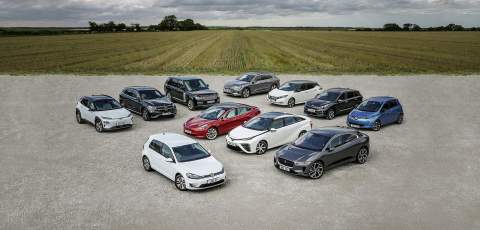
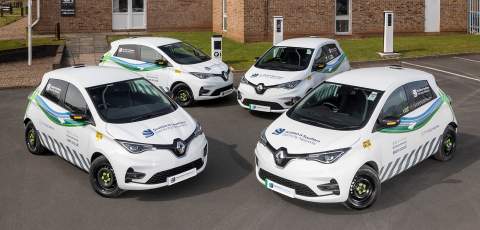
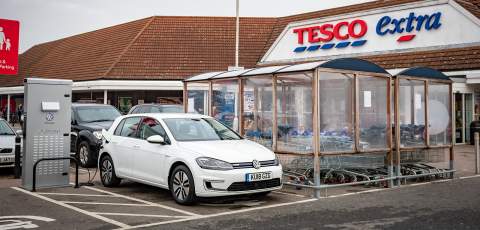
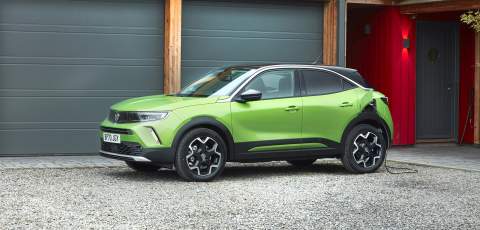
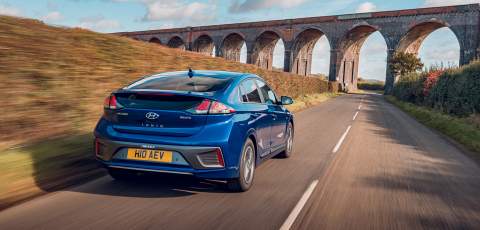



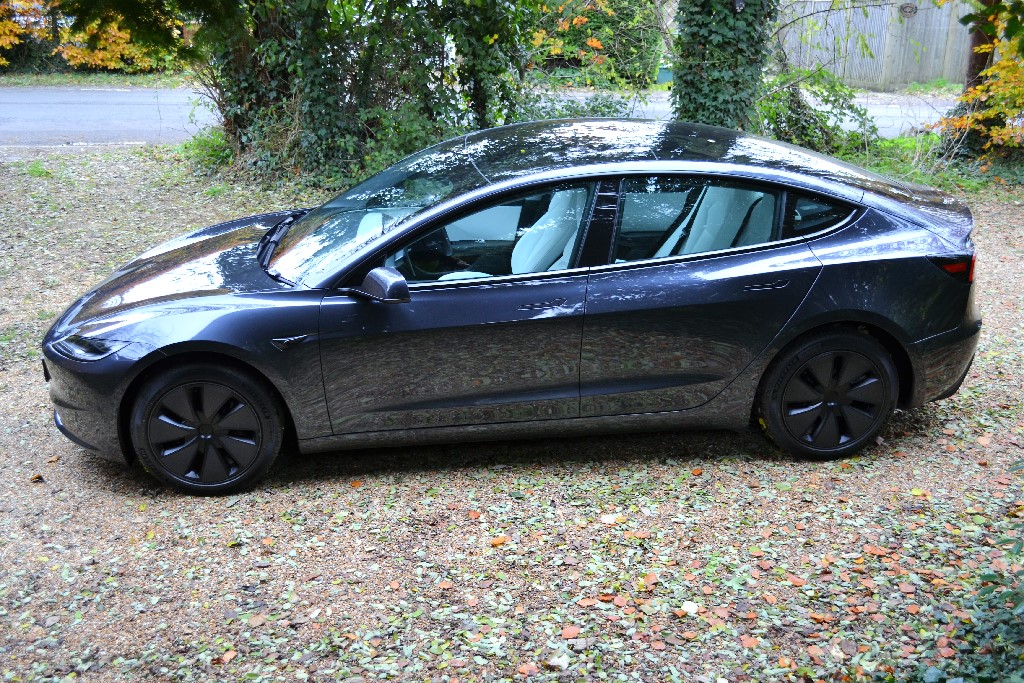

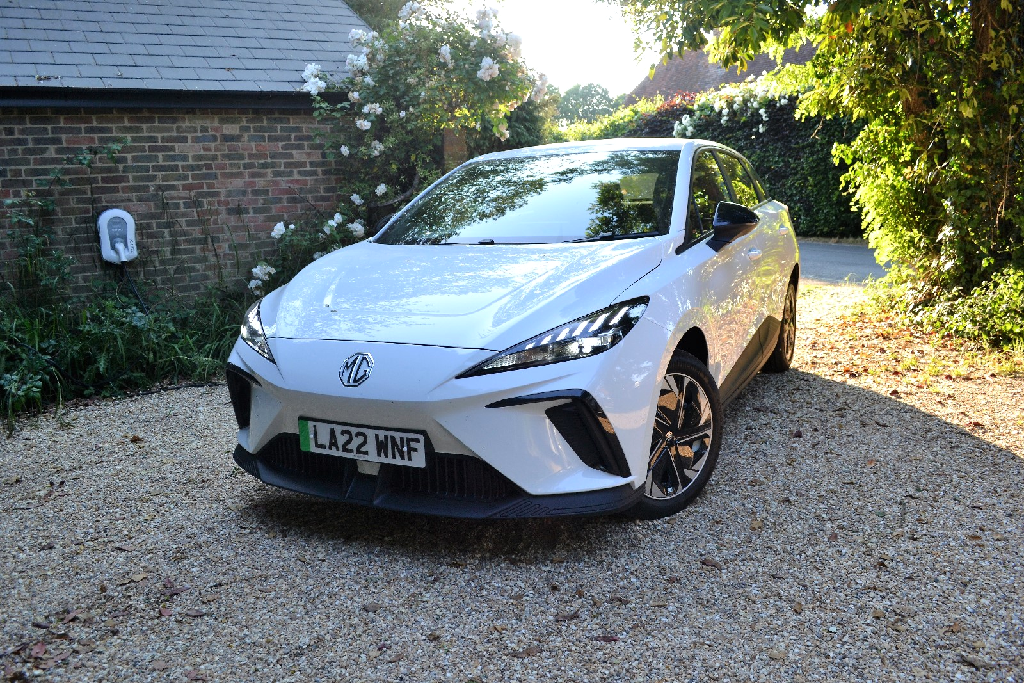
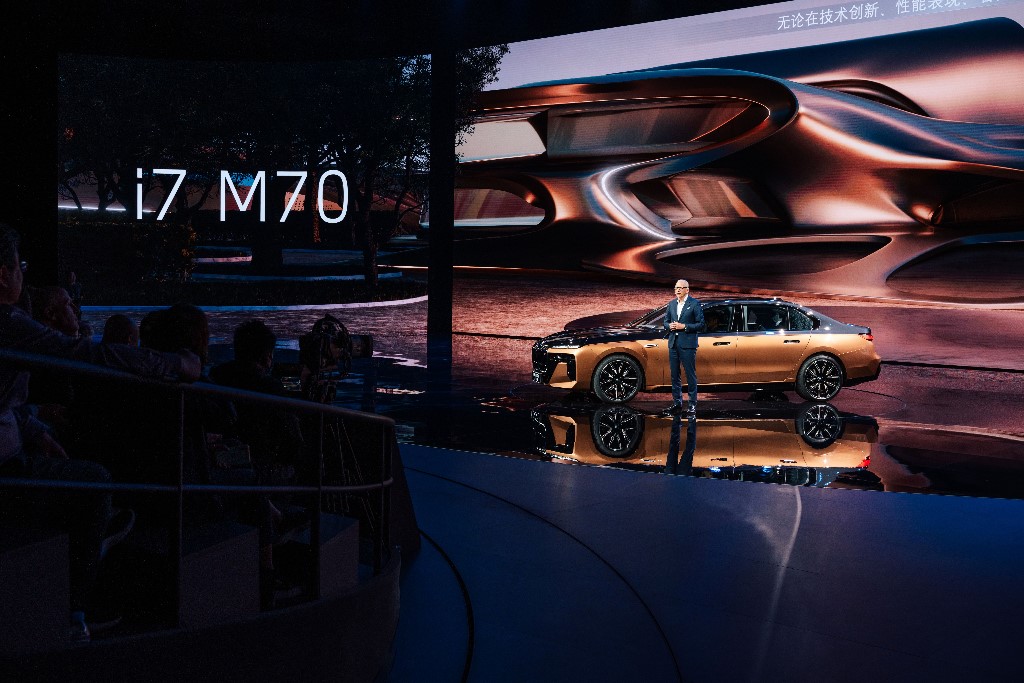
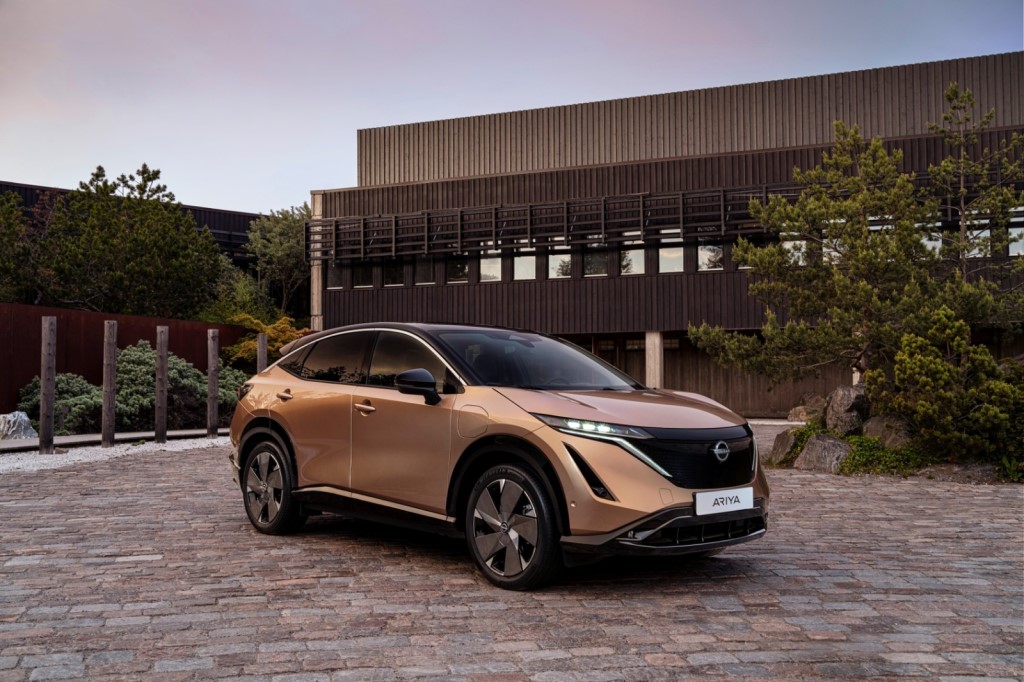

Comments (0)
Be the first to write a comment
Login/ Signup